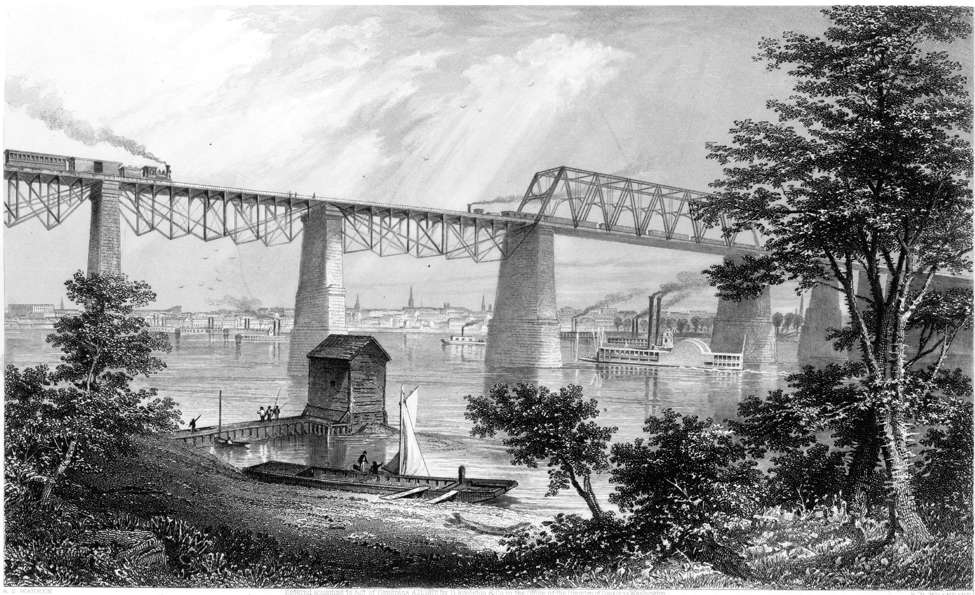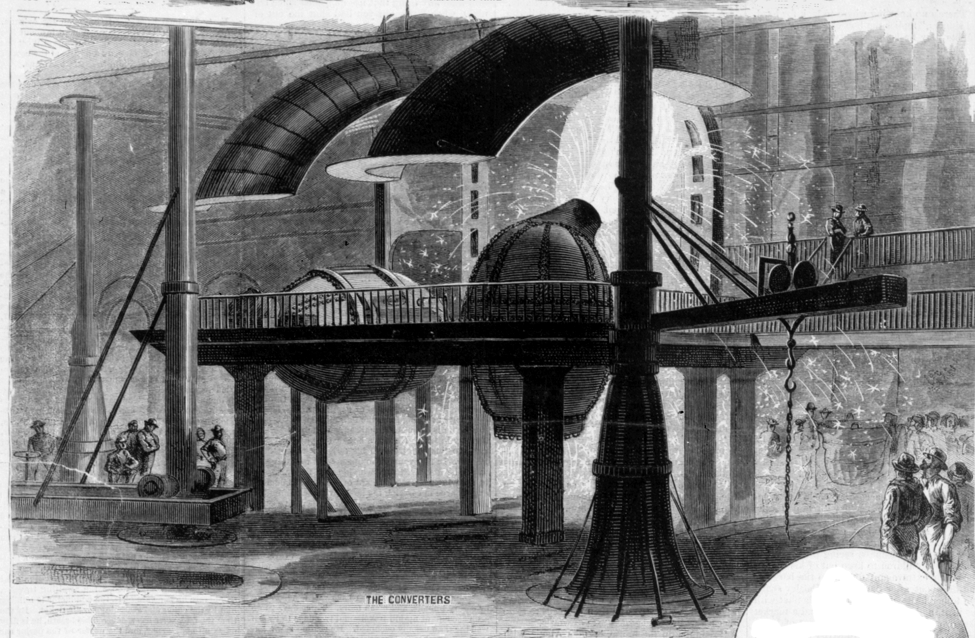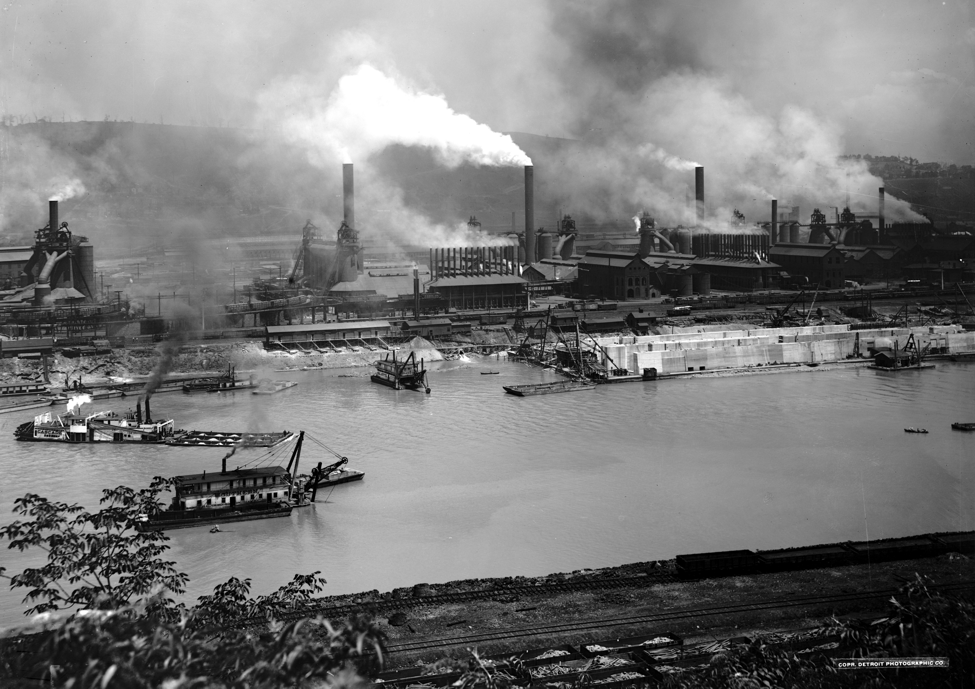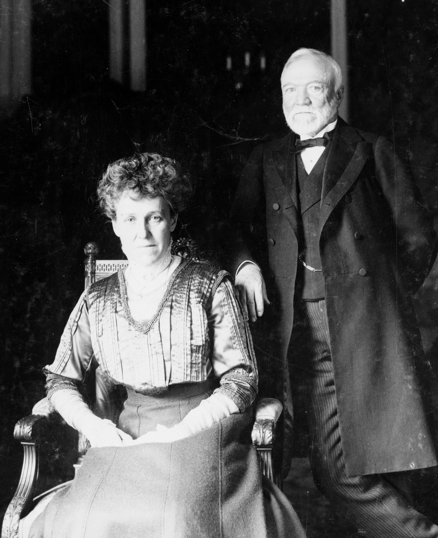 |
Andrew
Carnegie:
The steel industry Andrew Carnegie's family came to the U.S. from Scotland in 1848. Times were hard in Scotland at that time. His father hoped there would be a better life in America. Andrew was only 13 when the family arrived in Pennsylvania. He went right to work in a textile (cloth making) factory. He was a "bobbin boy," changing spools of thread in the weaving machines 12 hours a day, six days a week. By the time Andrew was 40 years old, he was a pioneer in building the steel industry in America. When he retired, he was one of he richest men in the world. Then he gave most of his money away to help others have a chance to succeed. |
|
Carnegie
saw the future of steel
As the Civil War ended in 1865, Carnegie saw that steel would be needed by America's rapidly growing railroads and industry. Steel is stronger and harder than ordinary iron. Factories used steel for machines and tools. Bridges and railroad rails are much stronger if they are made of steel rather than iron. The drawing shows a railroad bridge over the Ohio River at Louisville, Kentucky. |

|
A better
way
to make steel
Carnegie learned about a new process of mass-producing steel that was invented in England. It was called the Bessemer Converter, or blast furnace. Steel is made from iron by burning away most of the excess carbon found in ordinary iron. Carnegie convinced a group of investors in the 1870s to join him in building a large steel mill just outside Pittsburgh, Pennsylvania. The newspaper drawing shows blast furnaces of the type used in the new steel mill. |

|
This was
large
scale production!
The Carnegie Steel Company succeeded because Carnegie understood that steel making had to be done on a very large scale. Large scale production made it possible to produce better steel at lower prices. The photo below shows one of the company's steel mills near Pittsburgh as it looked in 1905. |

Carnegie gave back As his
success in the steel industry grew, Carnegie decided to become a philanthropist. That is a
fancy term for a wealthy person who uses their money to support good
causes.
Carnegie offered to help cities all over the country build free public libraries. He wanted everyone, including ordinary working families, to have access to books and knowledge that could help them get ahead in life. Andrew
Carnegie gave over
$60 million dollars to build:
|
 |
|
The
Carnegie library in Pittsburgh
The photo below from around 1900 shows the children's reading room in a library in Pittsburgh, Pennsylvania. The library was built with Carnegie's donations. Carnegie continued his work as a philanthropist until his death in 1919. He and his wife donated a total of over $350 million dollars to good causes including education, science research, and the arts. |
All photos and images are from the Library of Congress.
Some have been edited or resized for this page.
|
Copyright Notice
Copyright 2009, 2012 by David Burns. All rights reserved. As a guide to the Virginia Standards of Learning, some pages necessarily include phrases or sentences from that document, which is available online from the Virginia Department of Education. The author's copyright extends to the original text and graphics, unique design and layout, and related material. |